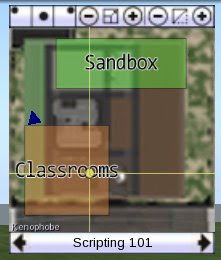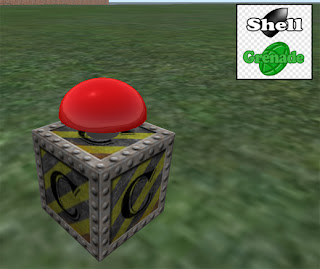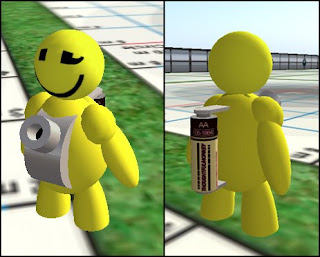Navigation in virtual worlds is a similar challenge to navigating through the real world. You often need to identify the purpose of buildings and environments through visual cues, and identify a route that leads to your goal location. The nature of Second Life makes lots of people
lazy complacent about supporting navigation, generally offering teleport coordinates to a specific location without considering how people will move around once there. Buildings are generally labelled (though often just a vague company name), but there is a distinct lack of directions.
This is to be expected through most of the mainland where ownership is fragmented, but many times I've landed in private Sims and had little clue what was North/South/East/West. Where are the "You are here" maps, the paths with signposts, the guide leaflets, or other examples from the real world? A reasonable answer is "Explore", but to have the desire to do so a person must know that there is something there that they want. If you go to a website, and nothing on the homepage hints at what you're looking for, you'll go somewhere else. Sometimes wandering is the goal, but builders should ask themselves "do I want to help people find things?".
The waffle is due to a navigation HUD that I've been inspired to make (below), which shows your current position and orientation within a Sim (represented by the blue arrow). You're probably wondering why it might be necessary when there are map tools built into the client; but one feature of this tool is that a Sim owner can include their own annotated map, highlighting the different areas. And there's more...

The HUD includes the option for setting landmarks, which are shown on the map as the user cycles through them. These are hard-coded at the moment, but ultimately I aim to have them added dynamically. A user could arrive at a sim and be given "todays" landmarks. If you have generic meeting or teaching rooms, then the landmarks could be for the specific meetings or lessons of that day; if a commercial sim has changing store rentals, then the landmarks could update to the current sellers etc.


